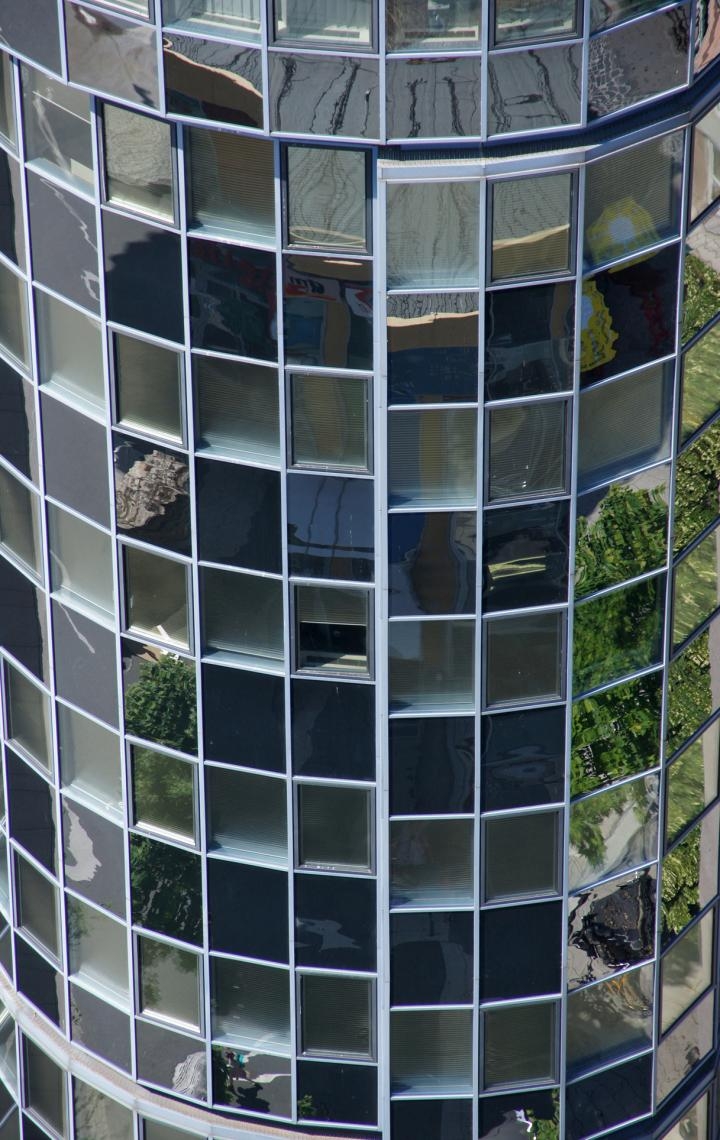
Commercial
Industrial
Institutional
News
Residential
Intelligent facades generating electricity, heat and algae biomass
January 6, 2015 - Windows that change their light permeability at the touch of a button; facades whose colour can be changed according to sunlight; facades and window parts in which transparent photovoltaic modules are integrated, or in which microalgae are bred to provide a home with its own biofuel... this is what buildings of the future could feature (or at least something similar).
January 6, 2015 By Anthony Capkun

“Many of these ideas are certainly within imagination and even technological feasibility today, in particular within the field of facades, which may adapt to their environment and thus improve the energy efficiency of modern buildings,” said professor Lothar Wondraczek from Friedrich Schiller University in Jena (Germany). “But only a fraction of this potential has been tackled so far, as the relevant materials and production processes are still missing.”
A new international research effort, coordinated by Jena’s materials scientist Wondraczek, is aiming to change this. In the project LaWin (Large-Area Fluidic Windows), scientists aim to develop functional facades and window modules—together with an integrated production process—to achieve readiness to market.
In Jena, the project is located at the Center for Energy and Environmental Chemistry (CEEC), where Wondraczek and his team will work on new glass modules for building facades, which consist of two joint glass layers: one layer made from a very thin and high-strength cover glass, and one layer of structured glass.
“This structured glass contains microfluidic channels through which a functional fluid circulates. As an example, this liquid will make it possible to automatically adjust the incidence of light or to harvest exterior heat which will then be transported to a heat pump,” Wondraczek explained.
The scientists will conduct detailed tests of such facade and window modules to optimize the materials and their functional interaction. Based on the results of their laboratory findings, the scientists plan to implement the facades with reference buildings and test them under real conditions.
“The challenge lies in the large size,” Wondraczek pointed out. “As of today, there is no production process for such large-sized glass sheet with integrated micro structures. Moreover, the new glass facades have to be able to be integrated into conventional window and facade systems.”
“To save and to efficiently use energy is always more beneficial than to generate it from whichever source,” Wondraczek stressed.
PHOTO: More intelligent facades is the goal of the project coordinated by materials scientists of Jena University. Photo Jan-Peter Kasper, Univ. Jena.
Print this page